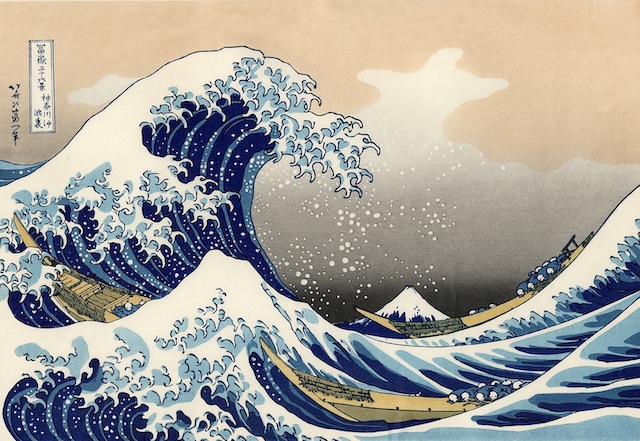In the aftermath of the largest typhoon to hit Japan in decades, videos and photographs on TV of the damage caused by the massive storm evoke memories of the 3/11 earthquake and tsunami.
Typhoon Hagibis tore through Japan’s main island of Honshu on Saturday and early Sunday with unprecedented high winds of up to 144 kph and torrential rainfall that left much devastation in its path. The storm caused the flooding of rivers that submerged whole cities killing 35 people with 17 unaccounted for and left hundreds more injured.
In our location, the roaring winds, which shook building walls and windows, along with the heavy rains made for a very scary evening. Fortunately, we are a fair distance from one of the two major rivers that transect Adachi, have underground power lines, and experienced no major damage in our immediate area.
It is clear that government actions taken in advance of and during the storm helped to minimize property damage and loss of life. As Hagibis approached, authorities urged citizens “to take whatever actions necessary to increase your chances of survival.”
- Public transportation operators announced plans to suspend services in an attempt to prevent chaos at transportation hubs.
- Businesses announced plans to significantly curtail hours or close on Saturday.
- Sports, entertainment and other events were cancelled.
- Residents stocked up on water, food and other supplies, leaving many supermarket shelves empty.
- Many residents in high threat areas heeded early evacuation orders and encamped in local schools established as evacuation centers.
On Saturday, Tokyo was a virtual “ghost town.”
Although I had previously experienced a major typhoon while resident in Hong Kong, the extreme scope of this storm was shocking.
In speaking with family and friends, I discovered that Hagibis was a rude awakening for many in Tokyo. In the past, Tokyo was spared the impact of such natural disasters, especially to heavy rain, that are more common in southern Japan where typhoons hit on a regular basis. The experience has prompted concerns that with evident climate change there may be more similar storms in the future.

